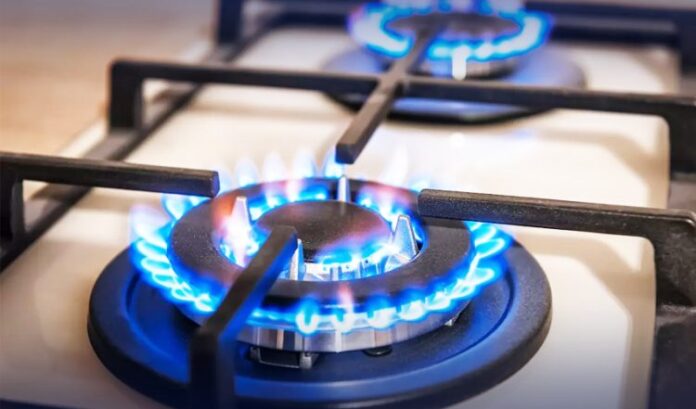The federal government plans to replace the current cross-subsidy model for gas consumers with a direct subsidy scheme by 2026, in line with reforms in the energy sector. This move is part of ongoing negotiations between the government and the International Monetary Fund (IMF) under the Resilience and Sustainability Facility, The Express Tribune reported.
The Petroleum Division revealed that the government is working with advisory firm KPMG to review the replacement of cross-subsidies, which have been a significant cost for the budget. Residential consumers have been benefiting from cross-subsidies valued at over Rs150 billion, with the shortfall covered by higher tariffs on industrial users, including captive power plants.
A key aspect of the reform involves the replacement of these subsidies with income-based support, targeting low-income consumers as per the Benazir Income Support Programme guidelines. The government has already introduced a levy on captive power plants, reducing their ability to subsidize residential gas consumption.
The issue of gas shortages in Balochistan, exacerbated by high losses and theft, also remains a concern. Sui Southern Gas Company (SSGC) reported substantial gas losses in the region, including a 59% unaccounted-for gas loss. The Petroleum Division emphasized the impact of this on gas distribution during peak winter months, with losses estimated at Rs22 billion.
In addition, a court case involving SSGC’s tariffs in Balochistan raised concerns over conflicting pricing structures, which the Petroleum Division believes will lead to revenue losses. The issue is currently under review by the Supreme Court, which has directed the Oil and Gas Regulatory Authority (OGRA) to consult stakeholders and finalize the tariff recommendations.
The government’s shift towards a direct subsidy model aims to enhance efficiency and sustainability in the gas sector, while also addressing regional disparities and inefficiencies.




